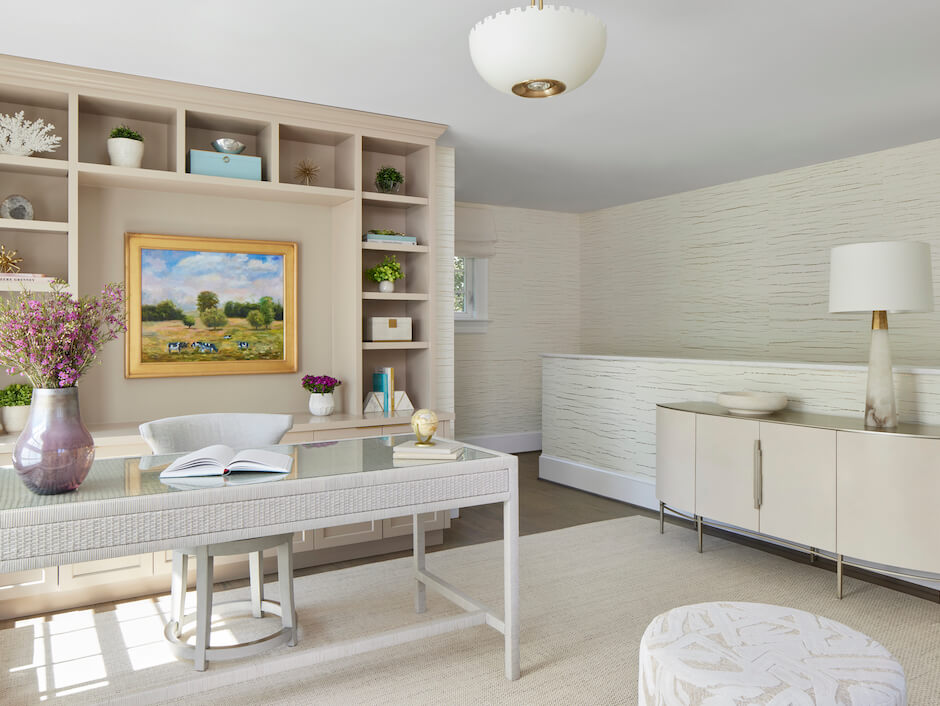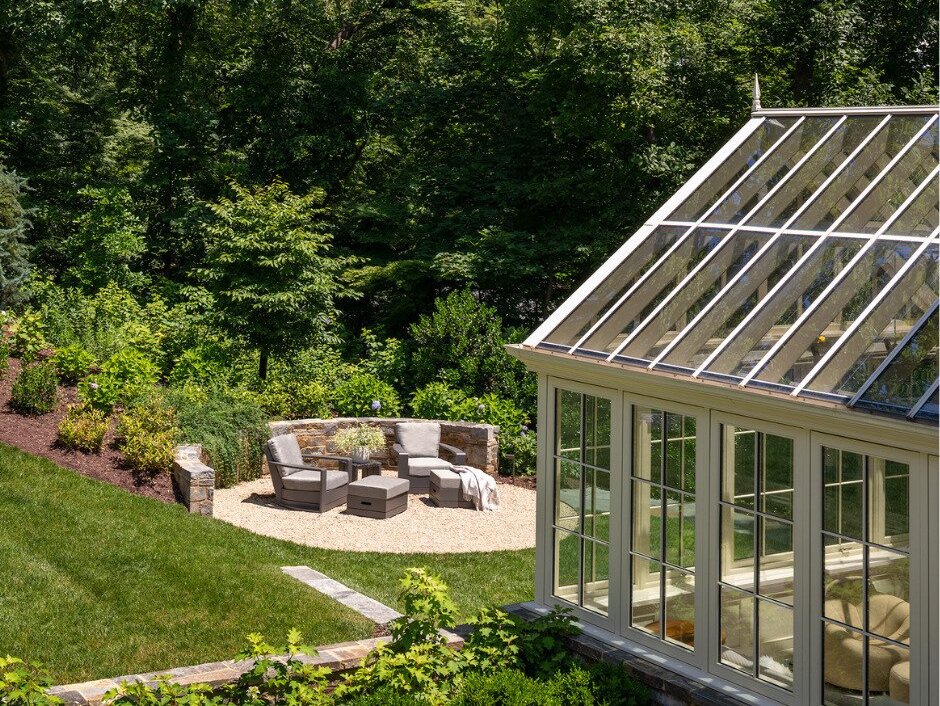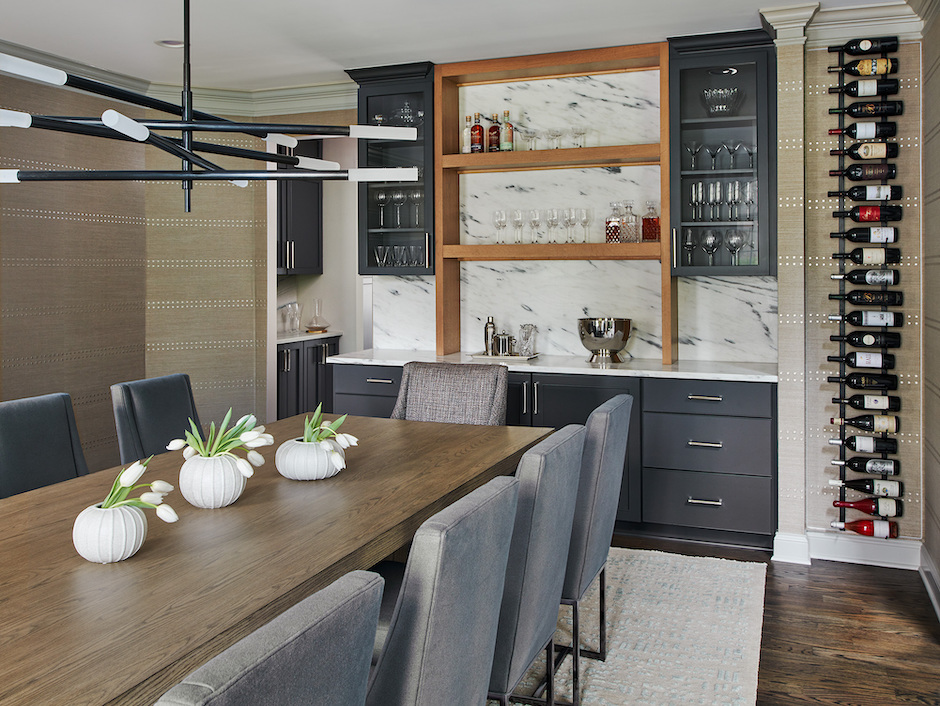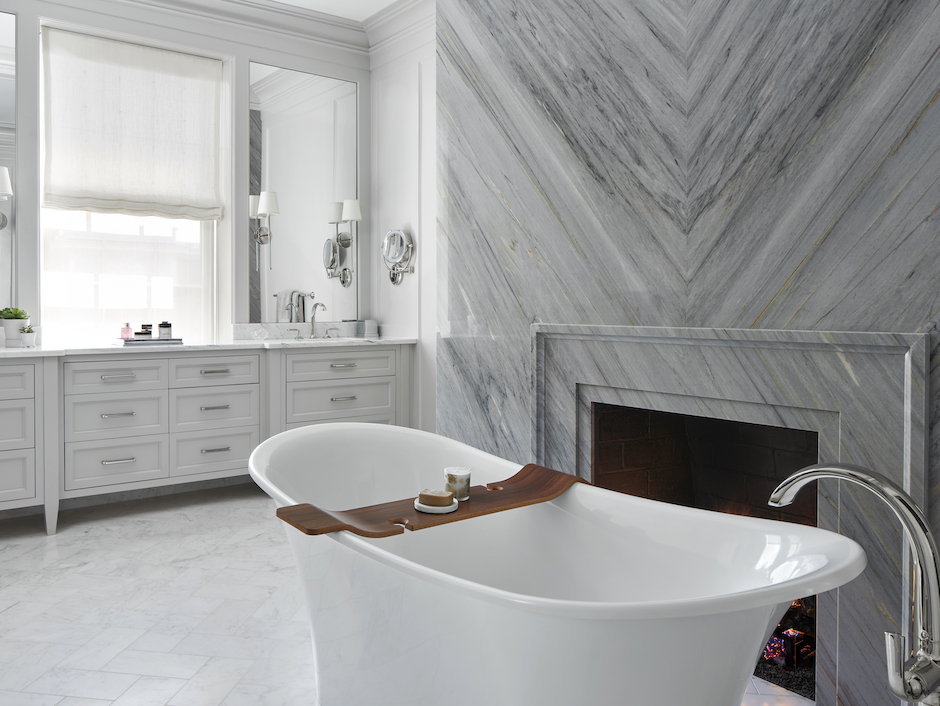TMD Inspiration
The Long-Term Impact of Covid-19 on Residential Architecture
Categories
Recent Articles
GET IN TOUCH
On social
By phone
202 465-8114
By Mail
1350 Beverly Road, Suite 115
PMB 143
McLean, VA 22101
By form
Interested in working with us?
Use the contact form to tell us more about your project. Someone will get back to you within 48 business hours.
Based in McLean, VA
Creating inspired interiors for discerning clients since 2003. Accepting clients in DC, Virginia, Maryland, and select cities throughout the United States.
The Long-Term Impact of Covid-19 on Residential Architecture
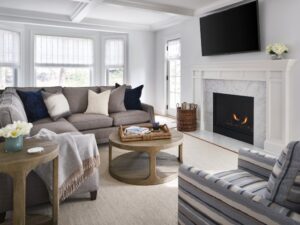 The relationship between health and architecture has a long and storied past. Some of the architectural features found in our homes today are in response to previous infectious disease outbreaks. For example, sleeping porches found in many Victorian homes became popular during the tuberculosis epidemic of the late 19th and early 20th centuries. In a time before antibiotics, sunlight and fresh air were the best-known “cures” for the deadly disease. Sleeping porches allowed patients to receive these cures while distancing themselves from healthy residents. Powder rooms were incorporated into floor plans of homes in the early 20th century to help prevent the spread of infectious disease brought into the home by visitors and delivery people.
The relationship between health and architecture has a long and storied past. Some of the architectural features found in our homes today are in response to previous infectious disease outbreaks. For example, sleeping porches found in many Victorian homes became popular during the tuberculosis epidemic of the late 19th and early 20th centuries. In a time before antibiotics, sunlight and fresh air were the best-known “cures” for the deadly disease. Sleeping porches allowed patients to receive these cures while distancing themselves from healthy residents. Powder rooms were incorporated into floor plans of homes in the early 20th century to help prevent the spread of infectious disease brought into the home by visitors and delivery people.
Public Health Crisis
There is no doubt that we are currently facing a public health crisis due to the Covid-19 pandemic to rival the outbreaks of the previous centuries. The question is; what adaptations in architecture could we possible see due to the Covid-19 pandemic?
Architecture & Safety
At the most basic level, architects and urban planners must consider the urgent need to ensure everyone has safe shelter during the Covid pandemic and emphasize that homes are a crucial foundation for a healthy society. For this reason, some predict that modular and prefabricated homes will become more popular in the future. The Covid-19 environment has helped to normalize ideas that were once considered “alternative” in the field of residential architecture. According to a recent AD article, “as people rush to build larger homes, second homes, or additions to existing homes, demand is spiking for what are often considered faster, cheaper, more flexible, and more predictable building methods.” We are currently seeing the extension of this trend in the number of homeowners building small, auxiliary building on their property to house home offices or at-home learning centers.
With more people working and learning from home, some families are placing a premium on mobile living choices. An Estonian modular-home company has recently introduced a “home away from home” that has all the amenities of a modern residence—a living area, bedroom, kitchenette, and bathroom. An added bonus; it can be broken down and reassembled in a matter of hours. The home occupies a 260-square-foot footprint and seamlessly blends function with design in minimal space. This type of architecture lends itself both temporary and permanent installation.
Silver Architecture
Many homeowners and architects are considering the ideas of aging in place and silver architecture. Though these aren’t necessarily new ideas, in Covid-19 times many of the questions surrounding the prospects of our older population aging in place have become more acute. With the devastating toll that the virus has taken on those living in care facilities across the nation, many older Americans and their loved ones are considering if they should age in place or live with their extended families.
At its core, silver architecture aims to make building designs that are sustainable, modern, and, most importantly, accommodating to the building’s occupants. When discussing silver architecture, we are considering elements such as low-glare lighting, sound absorbing walls and ceiling tiles, furniture that provides extra support for getting up and down, soft flooring in case of falls, the use of solids and simple patterns on furniture upholstery for both comfort and visual clarity. Please see my recent article, Aging in Place, for more details.
Multigenerational Living
Directly related to the aging in place movement is the need for homes to be inviting to multigenerational families. Housing an elderly relative or an adult child can be very complicated and, often, the biggest challenge is to create a comfortable environment for all occupants with adequate levels of privacy. From an architectural point-of-view, these issues of privacy, comfort, and accessibility can be addressed by:
- Creating main-floor bedrooms.
- Incorporating private suites (with living areas, full bathrooms, kitchenettes, etc.).
- Offering separate entrances.
In the end, the trick to multigenerational homes is designing spaces that make sense for the entire family unit.
In our next article, we will take a look at how the Covid-19 pandemic is impacting design choices.

